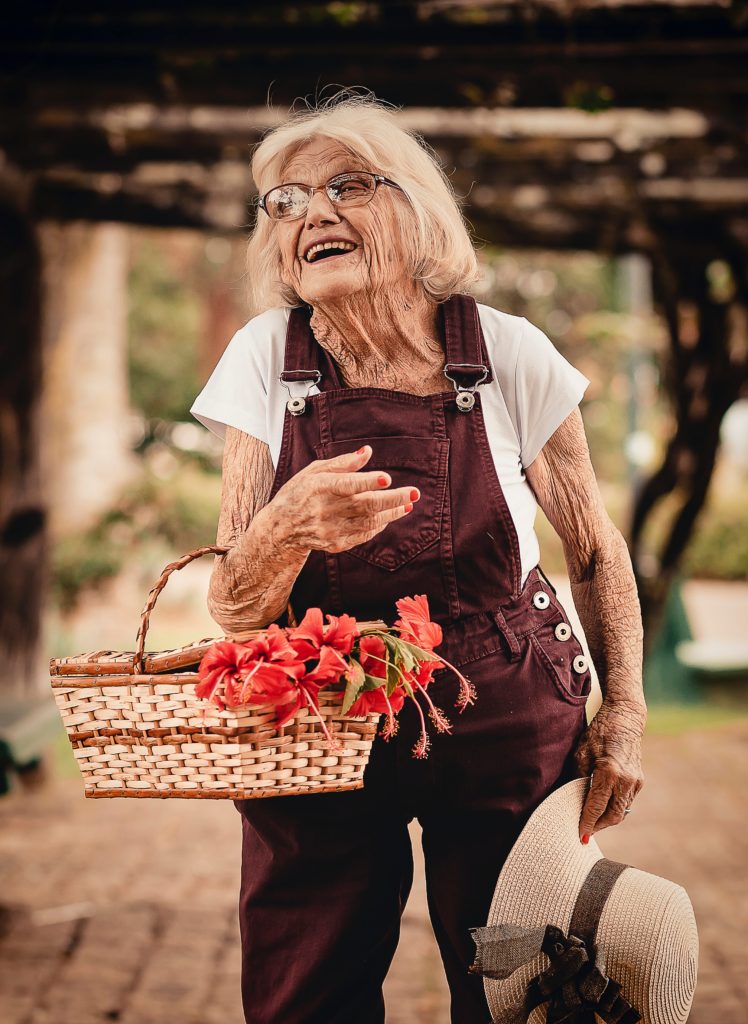How to Prepare Your Home for Aging in Place

This post is written by Patrick Young who has been a regular contributor to our blog. Patrick is an advocate for those with disabilities and writes important information pertaining to those with disabilities. This article focuses on preparing your home as you age. This speaks personally to me as we have been helping my grandmother through some transitions as she ages.
How to Prepare Your Home for Aging in Place

For many older adults, aging in place is a priority. In fact, some statistics indicate that 90 percent of seniors hope to stay in their homes as they grow older. If you’re considering changes to make your home more age-friendly, there are a couple of key strategies you should keep in mind. Read on for information to help you create an environment that will support you and keep you safe throughout your golden years.
Steer Clear of Falls
Stability is something we take for granted in our younger years. However, along with age can come serious risk for falls. In fact, HomeAdvisor notes that more than a third of adults over the age of 65 fall every year, so modifying your home with fall prevention in mind is important.
In order to make appropriate changes, it’s helpful to understand why seniors fall. Waning eyesight can be a major contributing factor since older eyes don’t adjust to changes in brightness as well as they used to. Aim for even, bright lighting throughout the home, adding task lighting as needed where you work. Pay special attention to dim areas where no natural light is available, such as hallways and staircases. If lights are already installed in those areas but navigation remains challenging, use brighter light bulbs. In addition to added lights, you can use paint to brighten a space and boost contrast, such as making a dark staircase easier to see.
You should also think about your home’s general structure. In the event that you should require an assistive device such as a cane, walker, or wheelchair, an uncluttered floor plan with wider-than-average hallways and doorways can be a boon. Also, think about where your most-used rooms are located. Having your bedroom, kitchen, bath, and laundry on the main floor is helpful when aging joints aren’t able to traverse stairs as well.
Beware of the Bath
As far as most dangerous spaces, bathrooms usually top the list for seniors. The combination of slick surfaces, water, and changes of position can lead to getting off-balance and not being able to recover. You can address those concerns with a little tweaking, making an otherwise tough-to-navigate space easier as you age. Consider adding non-slip strips to the tub and shower area, a bathmat outside the tub, and a comfort-height toilet. Grab bars should also be installed in three places: in the tub and shower area, near towel racks, and next to the toilet. Many people are concerned that grab bars will look institutional, but some newer grab bar designs blend seamlessly with decor, adding a spa-like feel.
Out and About
Your home’s exterior deserves some special considerations. Senior Health Memos notes that low-maintenance landscaping choices, such as evergreen shrubs and raised beds, make upkeep easier for older adults. Similarly, easy-care siding and some added hardscaping can keep you enjoying the great outdoors throughout your golden years. While you’re making upgrades to your home’s exterior, consider incorporating a ramp into the design. Ramps allow easier navigation to and from your home regardless of weather, and even when carrying bags or using a cane. Make sure that you can remain active into the evening hours by adding appropriate outdoor lighting on paths and porches.
Lastly, don’t overlook the garage. Being able to park your vehicle indoors helps you avoid getting outside in inclement weather. If your garage primarily serves as a storage room instead of parking space, do some decluttering and make accommodations for your car. Ensure you can come and go freely, with ample lighting and no tripping or slipping hazards.
Making a home into a safe haven for your senior years is a smart decision. Ensure it’s easy to tend and supports your changing needs. With a handful of well-chosen changes, you can comfortably look forward to aging in place.
This is a guest post from Patrick Young. Patrick created AbleUSA to offer resources to people with disabilities and offer advice about navigating various aspects of life. For more information and resources, you can contact Patrick at AbleUSA.
We do not sell real estate but appraise it. If you would like to provide a guest post please contact us at www.dwslaterco.com. It is our desire to provide you with relevant information in regards to real estate appraising and those who use appraisal services.
Additional Resources: